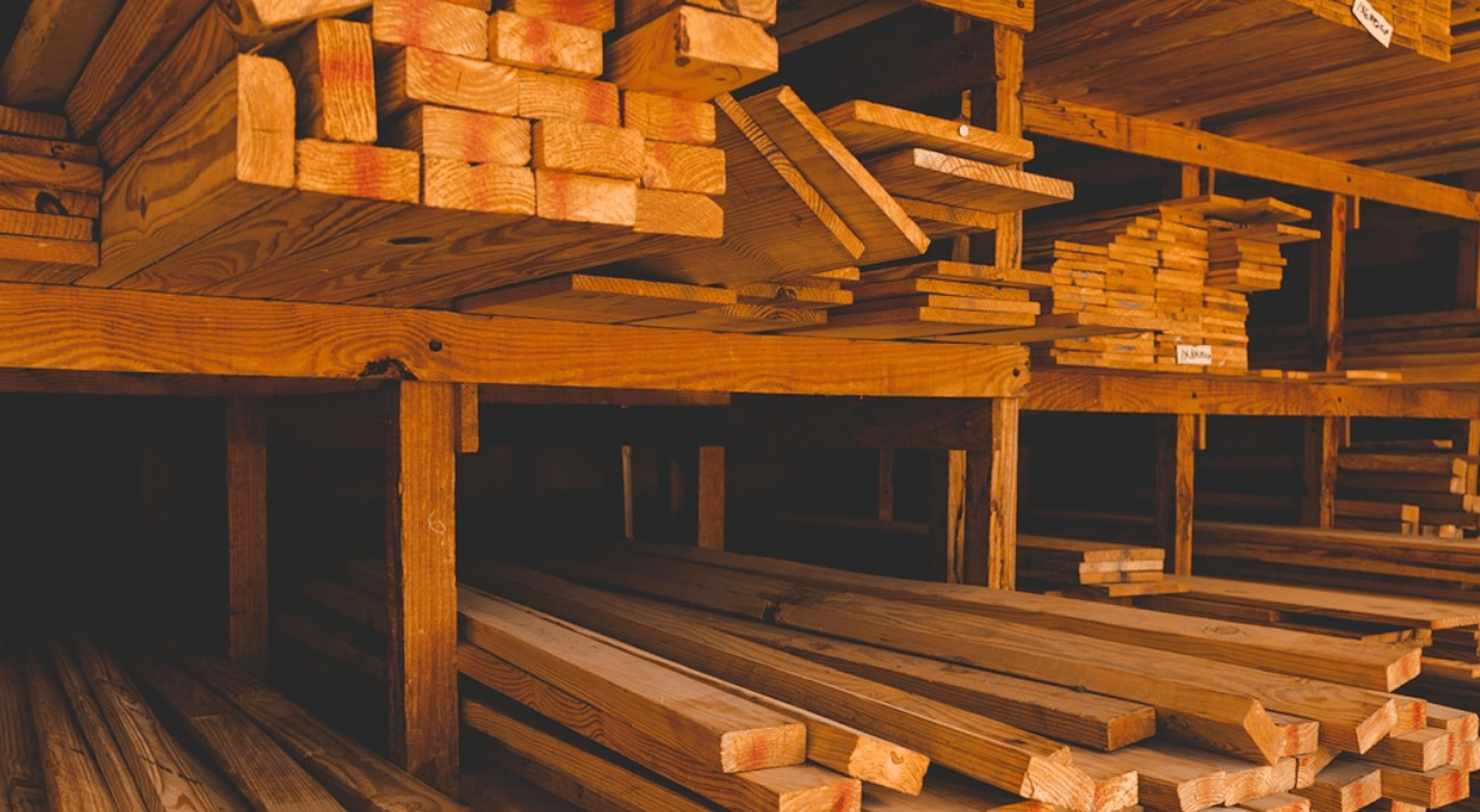Lumber yards value consistency, long-term relationships, and builders that are easy to do business with. Yet very few builders work with a single lumber yard consistently.
After analysing the purchasing practices of dozens of builders, the services they received from lumber yards, and the resulting costs, the data proved surprising. The results showed that there was no relationship between the size of the builder and the amount of product ordered relative to the price being paid. The lowest lumber cost was tied directly to those attributes that the lumber yards valued most — being the company the lumber yard wants to work with the most.
Random Lengths data showing prices paid for lumber by 10 builders of varying size shows no correlation between the size of the builder and the amount paid.
With stability in the relationship, lumber-yard dealers can then afford to include the extra services that would benefit the builder beyond supplying the lumber itself. This includes the performance of take-offs and estimates and working with the builder and framers on developing the most efficient design and layouts that not only work for framing, but also for the other trades like plumbers, HVAC, and electricians.
Lumber Costs and Pricing: The Conundrum
But how do you get the best price without bidding and the implied openness to switch dealers? How can you eliminate multiple sources of supply without having the information needed to understand if the best price is being offered? Add to that the volatility of a commodity like lumber, and it becomes quite difficult to ever know or understand cost and if the best price is being delivered.
RELATED
Understanding Lumber Pricing: The Solution
The only way to understand lumber cost over time is to remove the volatility factor associated with lumber. That is, remove the market swings associated with commodity pricing. Our analysis starts with looking at lumber prices paid relative to the cost reported by Random Lengths to determine the premium being paid over cost. Using this industry benchmark allows you to evaluate relative true cost on a stable basis over time.
This same technique can be used to buy lumber, as well. Imagine having your lumber bid not on a traditional bid basis, but rather as a percentage over or under Random Lengths. Essentially, you would be negotiating a fair profit to be earned by the lumber dealer while at the same time adding a level of visibility and trust into the numbers and the relationship between builder and dealer. Lumber could then be bid much less frequently — perhaps once a year. The lumber dealers competing for the business would know that the business, if won, would be a stable piece of business. With this stability comes the funds necessary to invest in those other services that add value and the elimination of those efforts, like re-bidding, that don’t.
Common Lumber Purchasing Techniques
Buying lumber is not new to builders. Techniques vary from builder to builder but seem to fall into one of the following methods:
- Competitively bid each new phase of a project — most builders apply this technique
- Bid and work with two or three lumber yards consistently — a sizable number of builders employ this approach
- Work consistently with only one lumber yard — very few builders use this approach.
All three approaches involve generating a bid and cost estimate by the lumber yard that a builder uses to make decisions on whom to work with, to determine costs, and to then use that cost information to set prices. Is one technique better than another? The bottom line is none of these techniques leads to the best price and value delivered from lumber yards.
The Result: Lumber at Lower Cost and With Better Service
Builders who have gone through this process are amazed at the results. Savings of 11 to 14 percent have been achieved, along with the intangibles associated with better service. Time spent in the bidding process is greatly reduced for both the builder and the lumber dealer. The result is lower cost and better service, and both sides are better off. The mystery of what things cost with lumber is greatly reduced, even in a commodity category as volatile as lumber.
Charles P. Schneider is the founder and CEO of Builder Sourcing Corp., a professional services firm that works with home builders to improve their results in purchasing and the use of advanced builder management systems.







